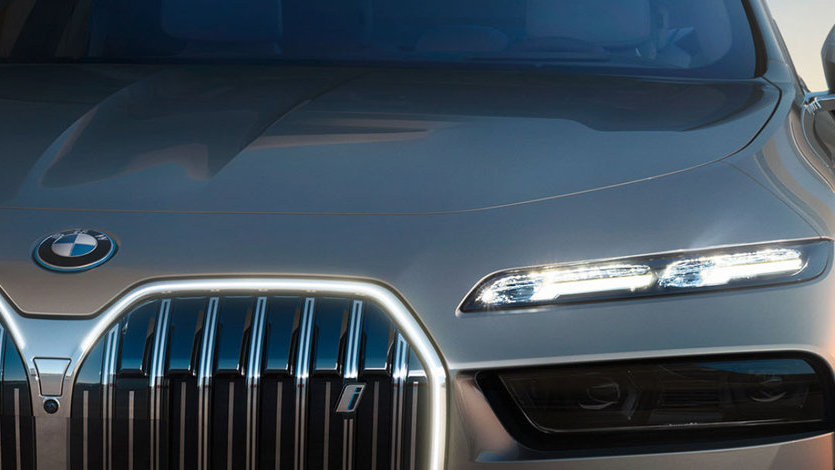BMW i7, the first all-electric luxury sedan in the world
BMW claims itself as “the world’s first all-electric luxury sedan”. Being a veteran player in the field of luxury cars, BMW has gained recognition for its driving performance and luxury features compared to Mercedes-Benz over the years. However, in the current domestic electric vehicle market, luxury sedans are in high demand. SAIC IM recently released its new L7 model, and the NIO ET7, just began delivery, all marked themselves as luxury cars. Let’s compare and see how luxury is defined:
Space

In terms of space, BMW is undoubtedly the absolute advantage player. The 5.39m body length is almost 30cm longer than the other two competitors, which is a very impressive number. The vehicle height is also 6-8cm higher than the other two. Combined with the relatively square body shape in the picture, it is believed that it will provide a very comfortable riding experience for passengers. However, the bump in the middle of the rear row has received negative feedback. Even if only four people are allowed, this bump will bring some inconvenience, and even further make people doubt the “fuel-to-electric” platform. On the other hand, IM and NIO both have a flat platform design.
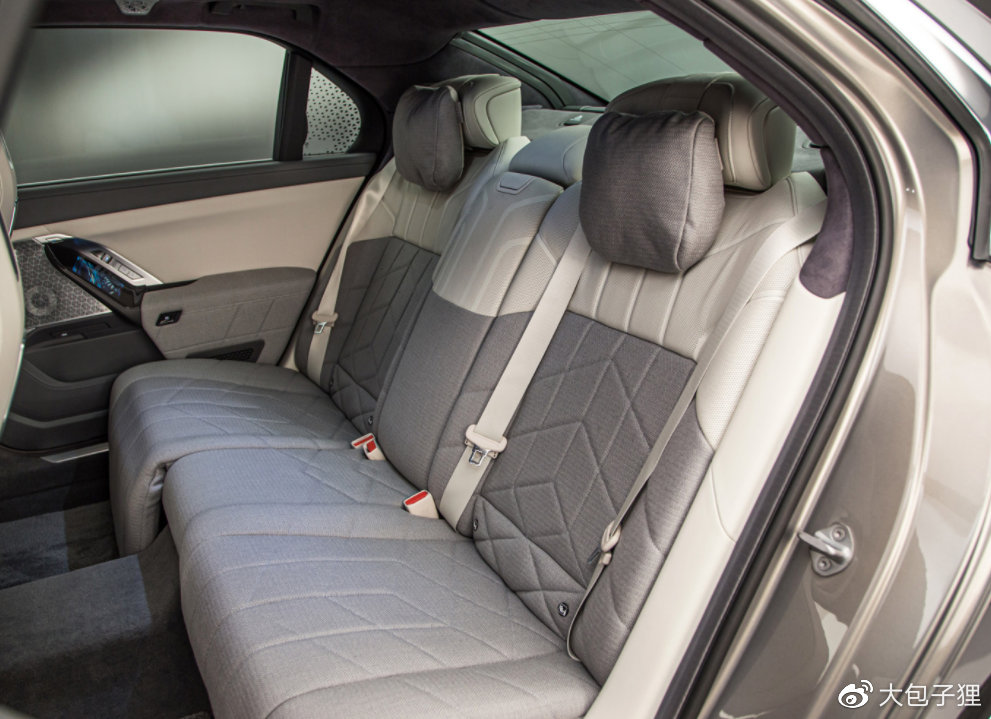
However, in terms of wheelbase, BMW has no advantage in comparison. On the contrary, the smart L7 with the shortest body length is ahead of the other two, indicating that IM L7 has a better utilization of space.
Power system and battery module

In terms of power, the BMW i7 is quite powerful, with a dual-motor four-wheel drive design of 400KW, achieving 0-100km/h acceleration in 4.7 seconds. It can be said that it is a performance monster among million-level executive sedans. However, compared to the NIO and IM models, the power of the i7 is slightly weaker. Its 0-100km/h acceleration is more than 1 second slower.
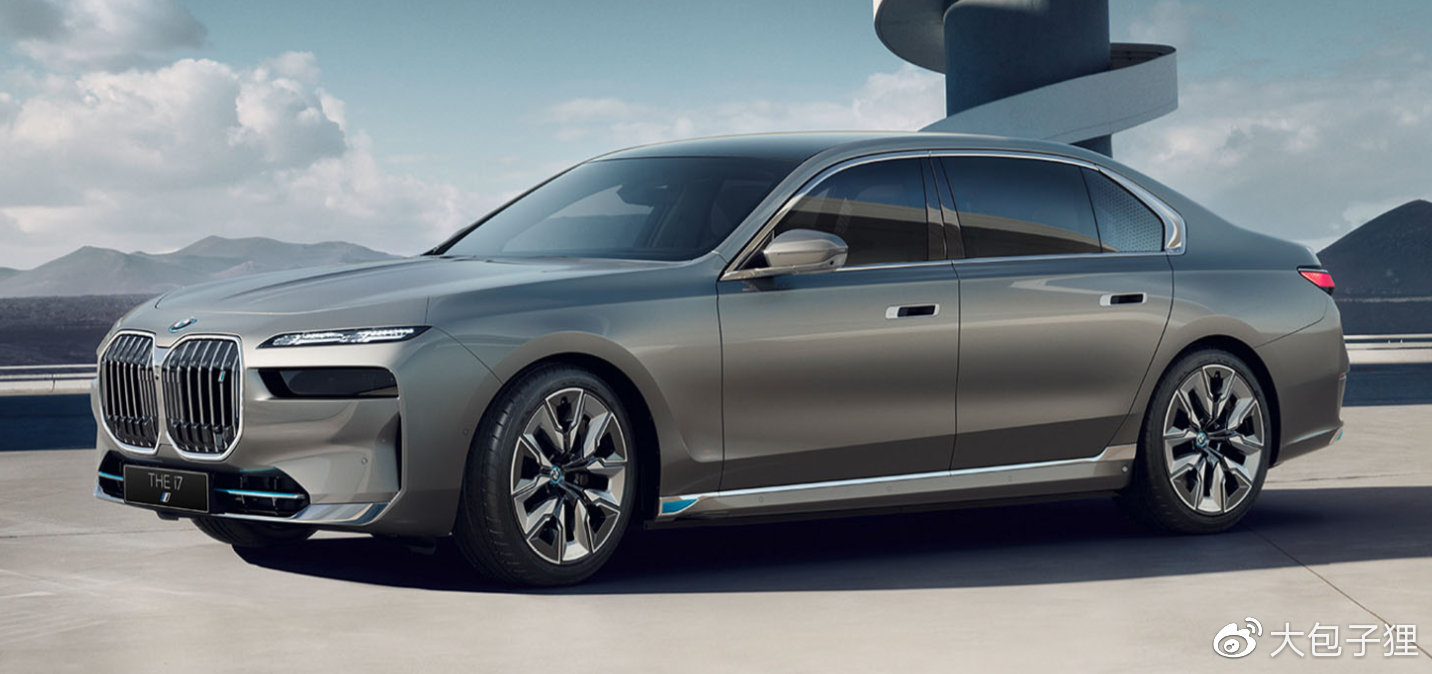 In terms of range, BMW has the largest battery of the three cars, with a capacity of 101.7 kWh, which should be one of the highest capacities in production cars, but the CLTC range of the i7 is almost the same as the 10 kWh smaller NIO L7, likely due to the i7’s larger size. However, when the NIO L7 upgrades to a higher capacity battery, the i7’s range may appear slightly shorter. After all, as a flagship luxury sedan, this range may not actually reach 450 km in actual travel.
In terms of range, BMW has the largest battery of the three cars, with a capacity of 101.7 kWh, which should be one of the highest capacities in production cars, but the CLTC range of the i7 is almost the same as the 10 kWh smaller NIO L7, likely due to the i7’s larger size. However, when the NIO L7 upgrades to a higher capacity battery, the i7’s range may appear slightly shorter. After all, as a flagship luxury sedan, this range may not actually reach 450 km in actual travel.
Chassis

Chassis has always been the traditional advantage of BBA, and there should be no suspense in tuning. It will definitely not lose to the products of the other two brands. However, the styles of the three brands may differ slightly. The BMW i7 should be more biased towards the comfortable tuning of luxury executive sedans, while the NIO L7 is more biased towards the aggressive driving tuning of sports cars, and the NIO ET7 is in the middle between the two.

Overall, the barrier of BBA in terms of chassis is still very strong, and it will be difficult to shake in the short term.
Comfort Configuration

In terms of comfort accessories, the three brands should each have their own characteristics. The seat position and the huge 8K display in the rear revealed in the BMW video give a very shocking feeling, instantly bringing the luxury feeling to the fullest. But there is a problem with the actual experience of such a scene. Everyone can carefully observe the relationship between the position of the large screen below and the rear seats. In fact, people sitting in the rear need to look up at the screen for a long time. In this case, the neck will quickly become uncomfortable. Therefore, the actual experience of the large rear screen still needs further observation.
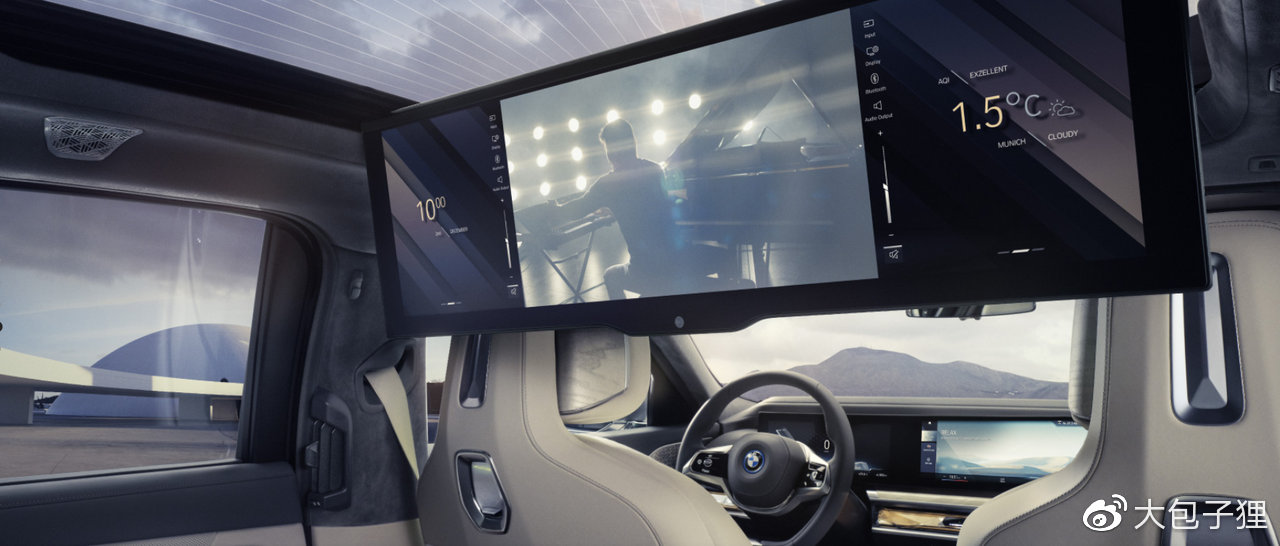
The armrest screens on the door panel are well received, and this design greatly facilitates the adjustment and control of the TV for rear passengers. It is far more convenient than some domestic products that provide similar large screens and require remote control. This configuration also has a problem with its impact on the rearview mirror, and it is unclear how to solve this problem.
ADAS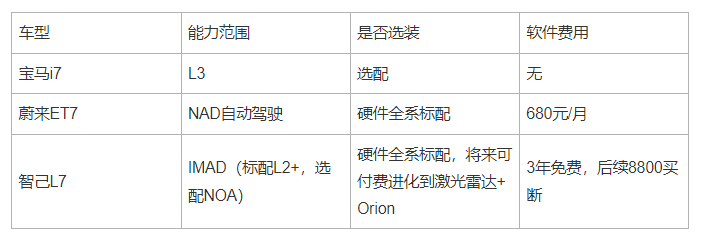
In terms of assisted driving, the BMW i7 did not provide much more information, but announced that it would have the ability to achieve L3. However, there is currently no more information on specifics of how it will be implemented and the experience. Based on the assisted driving capabilities of previous BMW models, personally, I think the BMW’s experience is actually quite good, better than most mainstream traditional luxury car companies, especially in terms of lane keeping and automatic parking, which can be said to exceed expectations.
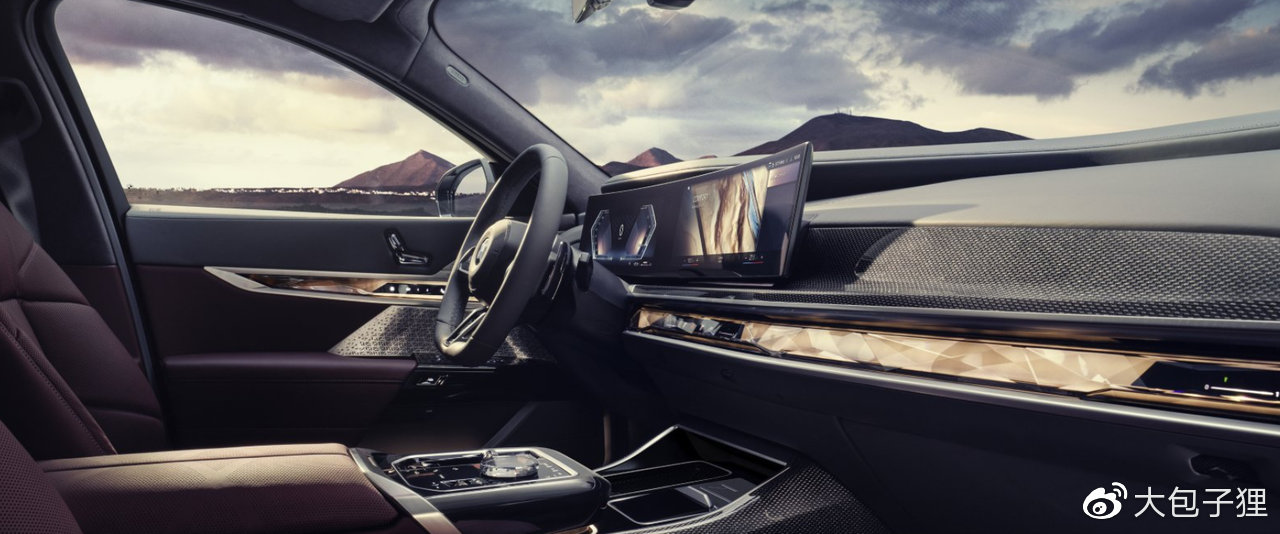
However, in terms of the overall evolution of assisted driving capabilities, BMW should be significantly behind new forces such as NIO, especially in the development of some cutting-edge features. But upon careful consideration, this should be quite normal, after all, the design of cars like the i7 is more for the benefit of passengers, and possibly weaker in terms of the demand for assisted driving.
Price
BMW i7 100+ (expected)
NIO ET7 50+
ZhiJi L7 40+
I won’t go into this further, as everyone can understand these numbers, I can only say that my estimate for the price of the i7 is actually very conservative. If prices for various features are added, it is likely that you can buy ET7 + ZhiJi L7 + XPeng G9 with that money.
So, what do you think of the BMW I7?
This article is a translation by ChatGPT of a Chinese report from 42HOW. If you have any questions about it, please email bd@42how.com.
